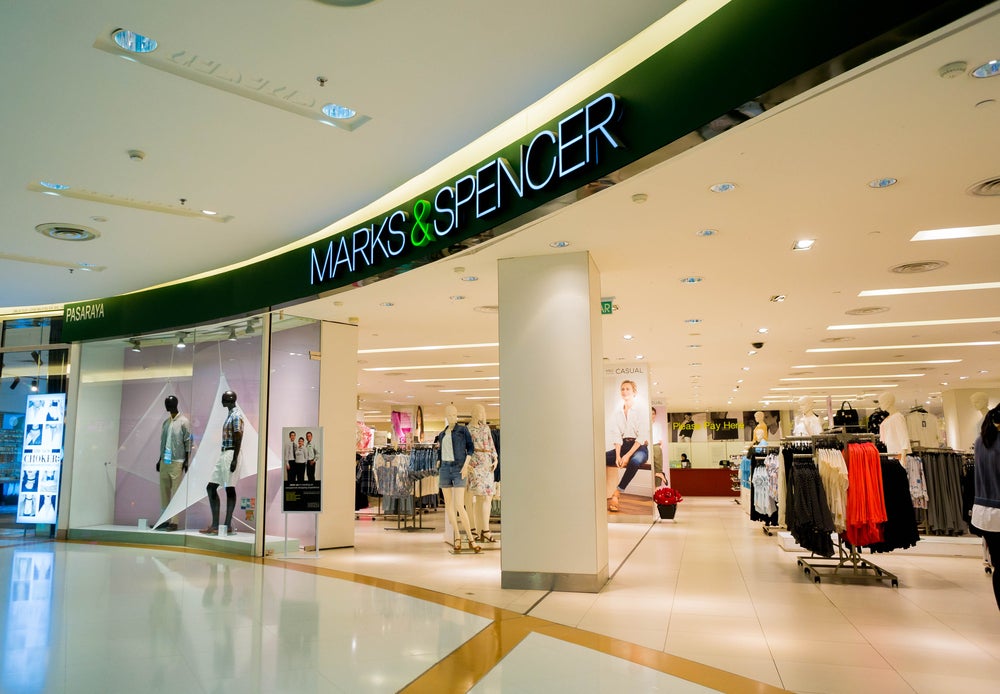As retailers continue to adopt marketplace models, they need to ensure that they retain their identity and USP, as becoming another platform for third-party brands risks erosion of differentiation.
A key step in the evolution of marketplaces in the UK has been existing retailers launching marketplaces to enhance and extend their current propositions. Following in the footsteps of Next, which has been developing its third-party branded presence for years, key rival Marks & Spencer launched Brands at M&S in 2021. This has enabled it to better compete with Next, attract a wider range of shoppers and help boost its fashion credentials. This marketplace proposition has been key to M&S’s growth in the past few years, alongside the revival of its own-brand ranges, with online partner brand fashion sales growing by an impressive 42% in the fiscal year 2024/25 (FY24/25, to 29 March).
M&S is of course not the only retailer to have experimented with launching a marketplace proposition to try and improve its prospects. Others include Tesco, The Range, Superdrug and B&Q, all of whom have moved into new categories and/ or sectors with less investment and risk than developing the products themselves. Other retailers have also dipped their toes into this marketplace arena, by selling goods fulfilled directly from third parties. For instance, Argos has increased its stockless ranges, especially of bigger-ticket items, allowing it to supplement its current ranges.
After launching its marketplace in 2022, B&Q has proved the potential benefits of marketplaces in boosting customer acquisition. In H1 FY25/26 (ending 31 July), it reported that around 50% of its marketplace shoppers are new to the B&Q website, and around 15% of these shoppers go on to purchase a B&Q first-party product. It is crucial that B&Q retains these shoppers, for instance by better aligning its fulfilment options with that of its first-party products by piloting Click and Collect for marketplace products.
In a world in which consumers demand increasingly high levels of convenience, offering a wider range of products, brands and price points through a marketplace model is one way retailers can meet this while also potentially achieving low risk, profitable growth. If executed well, the potential benefits of launching a marketplace are clearly significant, enabling retailers to expand their ranges and shopper bases. However, retailers need to consider the consistency of the shopping journey, for instance the fulfilment options offered, product quality and returns options. If a consumer has a negative experience with a marketplace product, they will likely attribute this to the retailer from whom they purchased, risking losing future sales.
To stand out in this increasingly crowded space, retailers with existing loyalty schemes should integrate their marketplace and loyalty propositions to ensure a consistent experience. For instance, Tesco offers the same Clubcard points per pound on its marketplace purchases, creating an advantage over key competitor Amazon, whom Tesco would struggle to beat on delivery speed. Another way to attract and retain consumers is through the presence of exclusive products, especially from well-known brands, providing shoppers with a compelling reason to steer away from competitors.

US Tariffs are shifting - will you react or anticipate?
Don’t let policy changes catch you off guard. Stay proactive with real-time data and expert analysis.
By GlobalData





